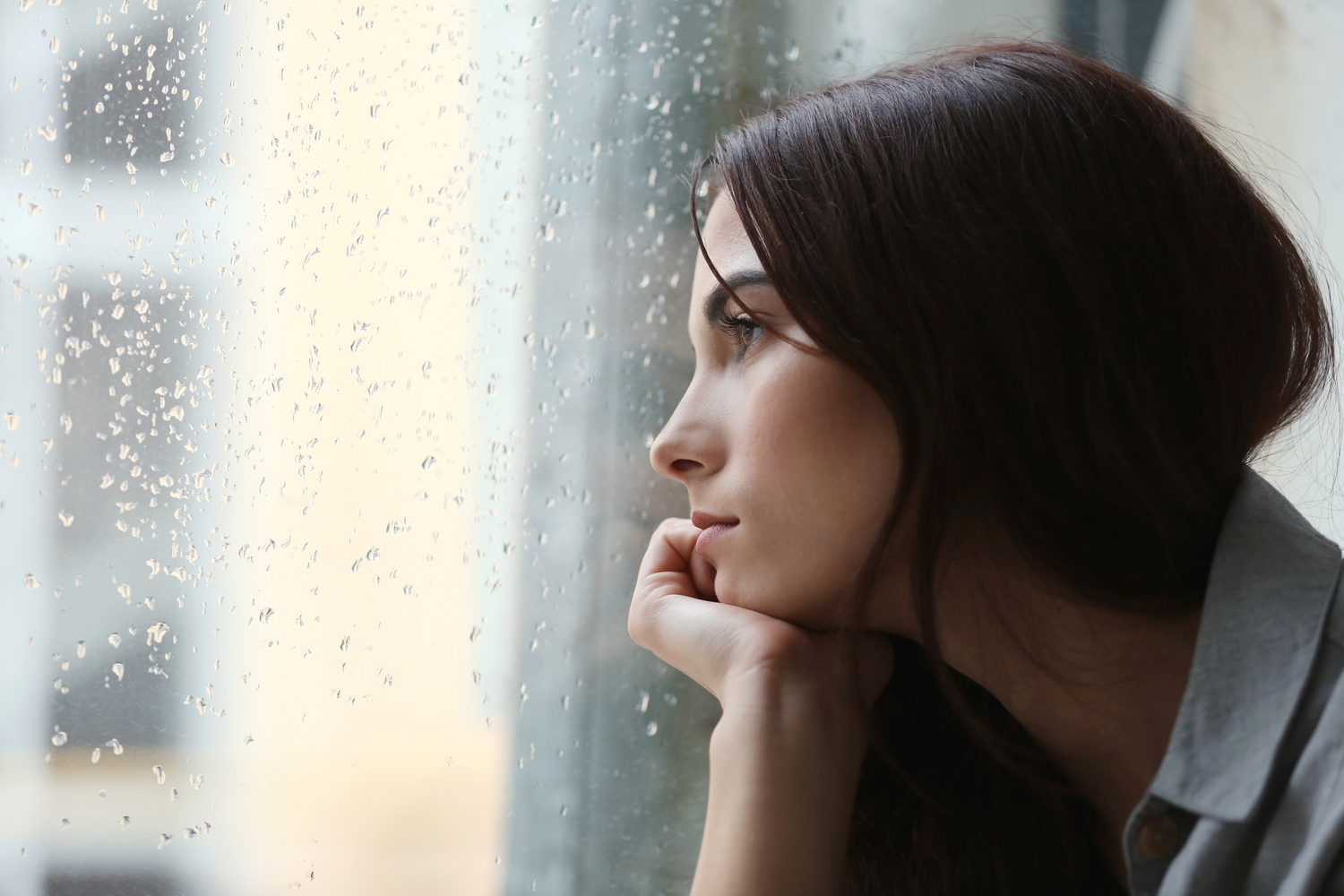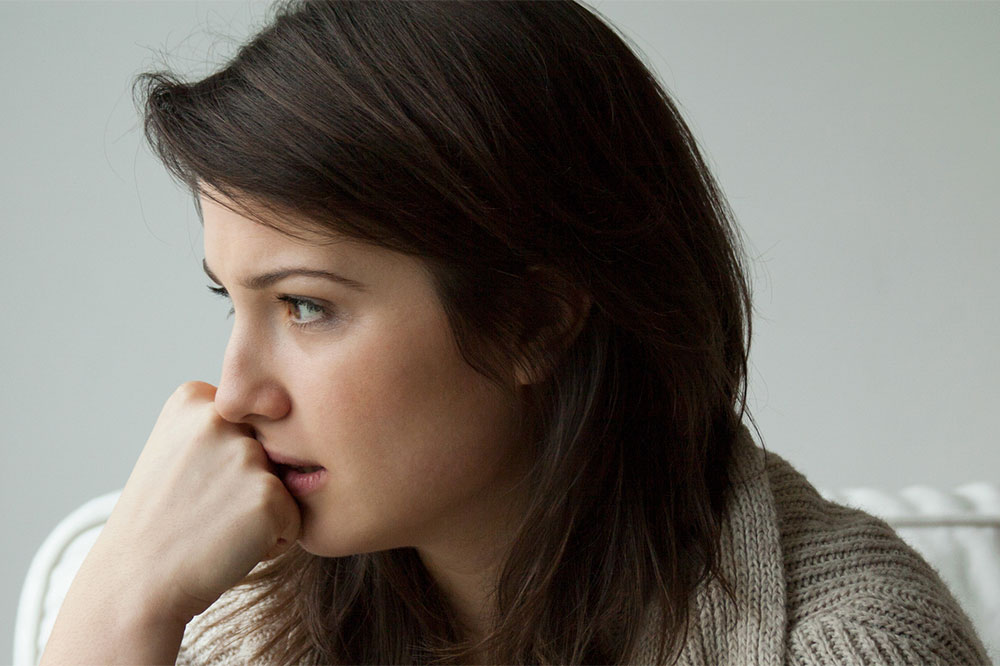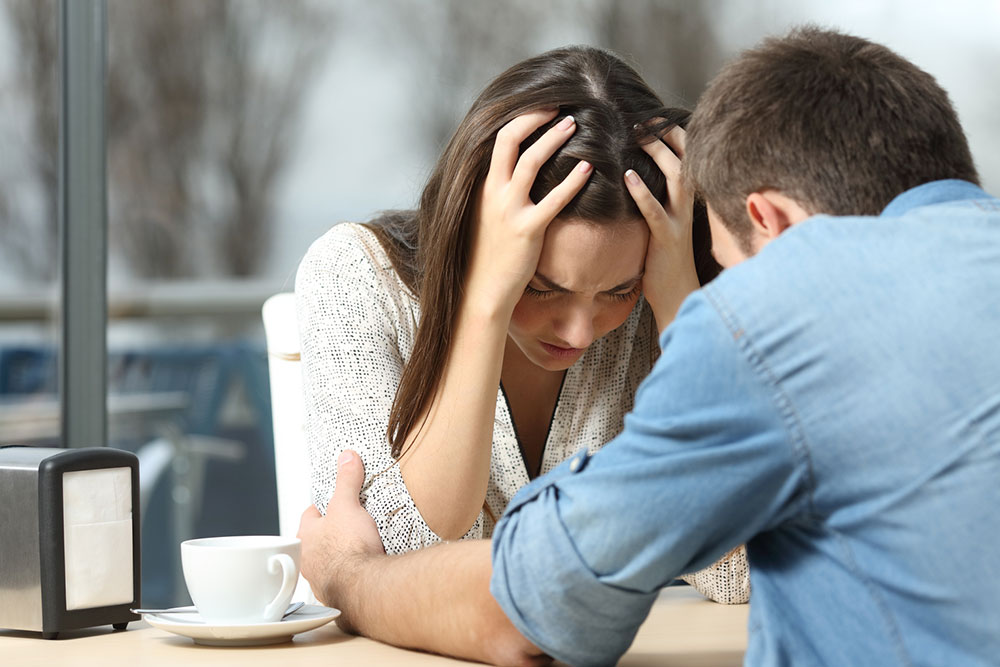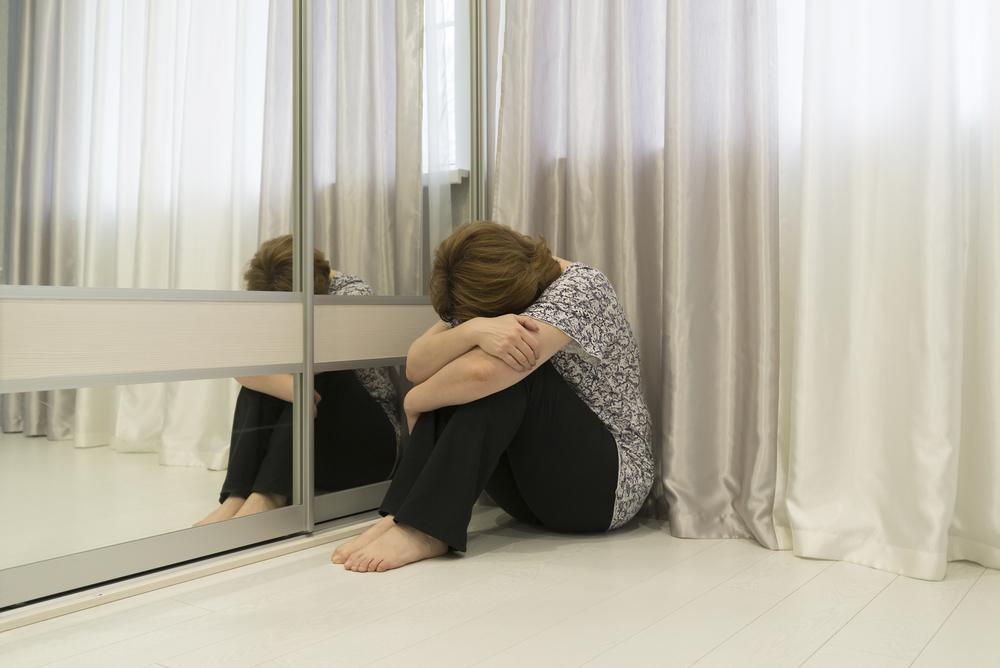Understanding Depression: Types, Symptoms, and Solutions
Learn about the different types of depression, their symptoms, and effective treatment options. Recognize the signs early for better management and understand how therapy and medication can improve mental health. Explore healthcare approaches tailored to individual needs for overcoming depression.

Understanding Depression: Types, Symptoms, and Solutions
Depression is a profound sense of sadness that can diminish one’s motivation and joy in daily life. Often, individuals may feel persistently sad without knowing the cause. Various factors, including genetics, life events, and substance abuse, can trigger depression. Recognizing its symptoms and underlying causes is essential for effective treatment and recovery.
Major depressive disorder (MDD)
Also called clinical depression, MDD impacts mood significantly. It results in loss of interest, sleep disturbances, fatigue, concentration issues, feelings of worthlessness, guilt, and thoughts of self-harm or suicide.
The exact cause of MDD remains unknown but may involve stressful life events, childhood trauma, substance misuse, or medication side effects.
Persistent depressive disorder (dysthymia)
This chronic form of depression can be mild or severe, often leading to sleep issues, low self-esteem, hopelessness, and fatigue. Long-term stress, genetic factors, trauma, or loss can contribute to dysthymia by affecting brain chemistry over time.
Bipolar disorder
Previously called manic depression, bipolar disorder involves mood swings between high energy and deep depression. Symptoms include impulsivity, talkativeness, euphoria, and sadness, sometimes leading to suicidal thoughts. Although lifelong, it can be managed effectively with medication and therapy.
Postpartum depression
Affecting women after childbirth, this condition stems from hormonal changes during pregnancy. Symptoms include prolonged sadness, exhaustion, worthlessness, and crying. If untreated, it can evolve into postpartum psychosis, characterized by hallucinations and disorientation.
Premenstrual dysphoric disorder (PMDD)
A severe form of PMS, PMDD causes irritability, fatigue, anxiety, mood swings, and bloating. While it typically resolves after menstruation begins, persistent symptoms require medical intervention, including hormonal therapy, diet adjustments, and lifestyle changes.
Seasonal affective disorder (SAD)
Often occurring in fall and winter, SAD causes mood decline and low energy. Symptoms usually improve with the seasons, but treatment options like light therapy, psychotherapy, and medication are effective during depressive episodes.
Atypical depression
This subtype often begins in adolescence, featuring fatigue, increased appetite, sensitivity to rejection, and mood reactivity. Psychotherapy and medications are common treatments, with referrals to mental health specialists as needed.
Treatment options for depression
Effective management combines cognitive-behavioral therapy, psychotherapy, interpersonal therapy, brain stimulation, and medication. These approaches target the root causes and help in mental recovery, tailored to individual needs.










